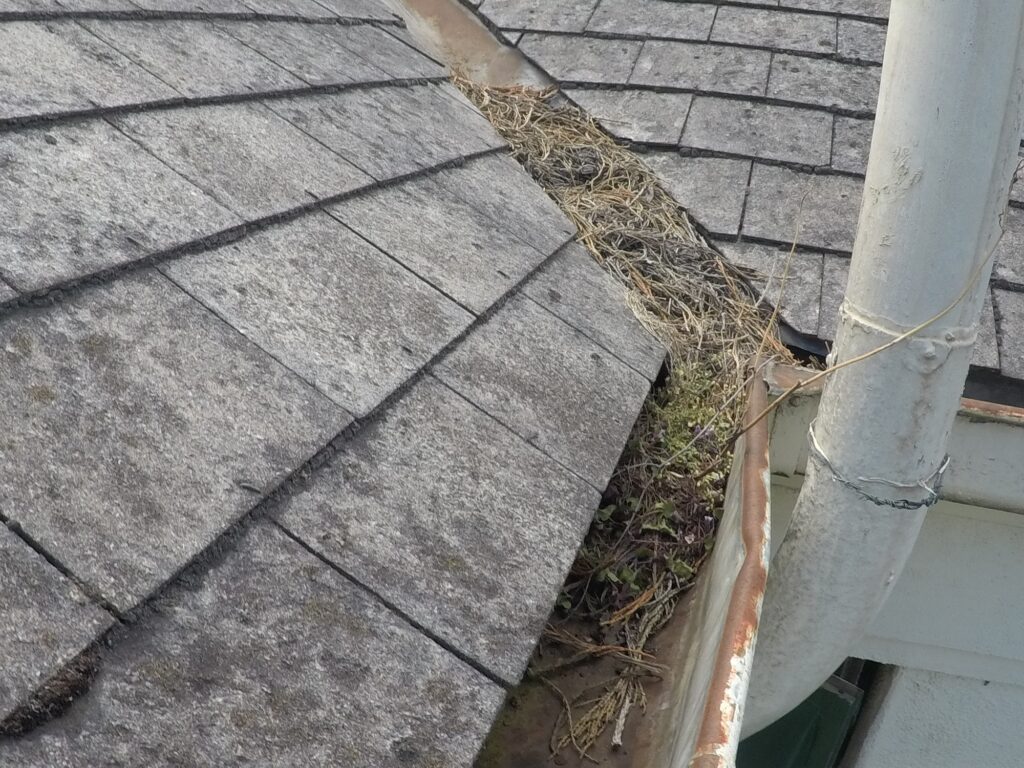Safe work Australia defines asbestos as a naturally occurring fibrous silicate mineral. There are six types, all of which are composed of long and thin fibrous crystals. Asbestos can most likely be found in houses, garages, shed or commercial buildings that were built or renovated before the 1990s. Many people wrongly believe that only fibro homes contain asbestos, but this is incorrect. It has strong fibres that are heat resistant and have good insulating properties which is why people use them in their roof. You cannot see the fibres with the naked eye and as they are very light, they can be carried via wind.

Asbestos can be friable and non-friable. Simply put, friable asbestos can be easily crumbled and non-friable asbestos is bonded. However, non-friable asbestos can break down over time and become friable. When friable asbestos breaks down, it releases tiny fibres into the air that can cause serious health concerns.

Until the 1980’s, it was common to use asbestos as a form of roofing material. This roofing material was called corrugated fibro. Corrugated asbestos roofing is thicker than corrugated iron, has a matte finish and takes on a ‘weathered’ appearance over time. The ‘weathered’ look is not simply just cosmetic, it is a sign of change in the structure of the material. It is a sign that the asbestos is decaying after years of being exposed to the sun and rain. Once this occurs, it is almost certain that parts of the roof have begun to disintegrate, causing dust particles to collect in gutters. It could take a gust of wind to make these particles airborne. If this does occur, you could be putting at risk surrounding neighbours, yourself and any trades people who work on the roof and guttering.

If you suspect that you may have an asbestos roof, you can verify this by getting it tested. If your roof does contain asbestos, you should consider replacing the roof before the deterioration worsens. The process of removal will be more expensive as time goes by because the state of the asbestos (friable) is more dangerous to remove.
Asbestos is a known carcinogen, which means if you disturb any amount of it, you can release fibres into the air. If swallowed or inhaled, it could lead to diseases such as asbestosis, lung cancer or mesothelioma. For information on health risks regarding to asbestos, visit this link.
In order to remove asbestos, you will require trained and qualified tradespeople to complete the work. They follow a set of guidelines and procedures to ensure the safety of themselves and those around them when removing asbestos. There is also a procedure for disposal of the material. You cannot simply handle this product and dispose of it at your local waste station. If you suspect you have asbestos in your home, please contact a certified asbestos removalist.










